Home>Gardening & Outdoor>Landscaping Ideas>How To Speed Up Grass Seed Germination
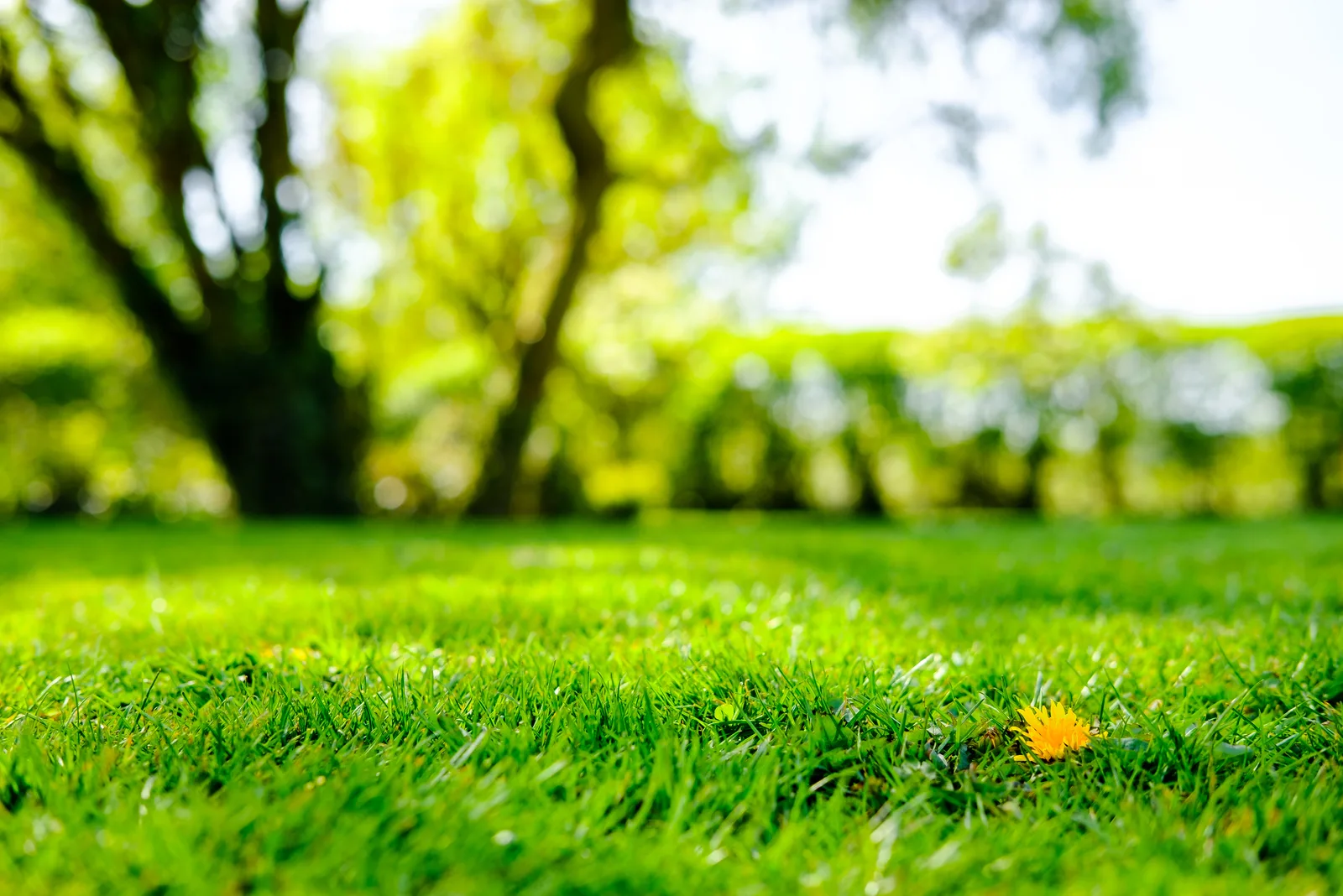

Landscaping Ideas
How To Speed Up Grass Seed Germination
Modified: August 17, 2024
Learn effective landscaping ideas to speed up grass seed germination and achieve a lush, vibrant lawn in no time. Explore expert tips for quick and successful results.
(Many of the links in this article redirect to a specific reviewed product. Your purchase of these products through affiliate links helps to generate commission for Storables.com, at no extra cost. Learn more)
Introduction
Welcome to the world of landscaping and gardening, where the lush green carpet of a well-maintained lawn can transform any outdoor space into a serene oasis. If you’re looking to establish or rejuvenate your lawn, understanding the process of grass seed germination is crucial to achieving that vibrant, healthy lawn you desire. In this comprehensive guide, we will delve into the art and science of accelerating grass seed germination, offering valuable insights and practical tips to help you achieve optimal results.
Whether you’re a seasoned gardener or a novice enthusiast, the journey of nurturing grass seed into a thriving lawn is a rewarding experience that begins with a solid foundation of knowledge and preparation. By gaining a deeper understanding of the germination process and the factors that influence it, you can set the stage for success right from the start. From soil preparation and seeding techniques to watering and maintenance, every step plays a pivotal role in nurturing the seeds to sprout and flourish.
So, roll up your sleeves, grab your gardening tools, and let’s embark on this enlightening journey to uncover the secrets of expediting grass seed germination. By the end of this guide, you’ll be equipped with the expertise to turn your lawn into a verdant masterpiece that will be the envy of the neighborhood.
Key Takeaways:
- Grass seed germination requires moisture, soil temperature, oxygen, and proper soil coverage. Understanding these factors is crucial for nurturing a healthy, vibrant lawn.
- Preparing the soil, employing proper seeding techniques, and providing attentive care and maintenance are essential for expediting grass seed germination and establishing a lush, resilient lawn.
Read more: How To Germinate Lychee
Understanding Grass Seed Germination
Grass seed germination is the magical process through which a tiny seed awakens from its dormant state and begins the remarkable journey of sprouting into a young plant. This pivotal phase is characterized by the absorption of water, initiation of metabolic activities, and the emergence of the embryonic root, known as the radicle, followed by the shoot.
For grass seed germination to occur, several essential factors must align harmoniously. Firstly, the seed requires adequate moisture to soften its outer shell, allowing the embryo to swell and initiate growth. Additionally, the soil temperature plays a crucial role, as it influences the metabolic rate of the seed and subsequent seedling development. Oxygen, another vital element, facilitates the respiration process essential for energy production during germination.
Understanding the germination process empowers gardeners to create optimal conditions for the seeds to thrive. It also fosters a sense of appreciation for the natural wonders that unfold beneath the surface, as seemingly lifeless seeds awaken and push forth tender shoots, heralding the birth of a new lawn.
By comprehending the intricacies of grass seed germination, you gain the ability to nurture the seeds with the care and attention they require, setting the stage for a successful and bountiful lawn. Now that we’ve explored the essence of grass seed germination, let’s delve into the factors that can influence and expedite this remarkable process.
Factors Affecting Grass Seed Germination
Several key factors influence the germination of grass seeds, and understanding these variables is essential for fostering an environment conducive to successful seedling emergence. Soil temperature, moisture levels, oxygen availability, and the presence of light all play pivotal roles in the germination process.
Soil Temperature: The temperature of the soil directly impacts the rate and success of grass seed germination. Different grass species have specific temperature requirements for optimal germination. Warm-season grasses, such as Bermuda grass and Zoysia grass, thrive in warmer soil temperatures, typically between 75°F to 90°F (24°C to 32°C), while cool-season grasses like Kentucky bluegrass and fescue prefer slightly cooler soil, ranging from 60°F to 75°F (15°C to 24°C).
Moisture Levels: Adequate moisture is critical for softening the seed coat and initiating the germination process. However, excessive water can lead to rot and fungal diseases, while insufficient moisture can hinder germination. Striking the right balance by keeping the soil consistently moist without being waterlogged is essential for successful germination.
Oxygen Availability: Oxygen is vital for the respiration process during germination, enabling the seed to produce energy for growth. Compacted soil can restrict oxygen flow to the seeds, impeding their ability to germinate. Aerating the soil can improve oxygen circulation, creating a more hospitable environment for the seeds.
Light: While some seeds require exposure to light to germinate, most grass seeds germinate best when covered with a thin layer of soil. Light can inhibit germination in certain species, so ensuring proper soil coverage is crucial for optimal results.
By recognizing and addressing these influential factors, gardeners can create an environment that promotes and accelerates the germination of grass seeds. Now that we’ve explored the factors affecting germination, let’s move on to preparing the soil to provide an ideal bed for the seeds to flourish.
Preparing the Soil for Planting
Before sowing grass seeds, it’s essential to prepare the soil to provide an optimal environment for germination and subsequent growth. The first step in this process is to remove any debris, such as rocks, roots, and weeds, from the area where the grass will be planted. Clearing the soil of these obstructions creates a clean, unobstructed space for the seeds to take root and thrive.
Once the area is cleared, it’s time to address the soil’s texture and composition. Loosening compacted soil through tilling or aerating is crucial for promoting healthy root development and ensuring adequate oxygen and water penetration. Amending the soil with organic matter, such as compost, can enhance its fertility and structure, providing essential nutrients for the emerging seedlings.
After addressing the soil’s texture, conducting a soil test can provide valuable insights into its pH levels and nutrient composition. Based on the test results, adjustments can be made by adding lime to raise the pH or sulfur to lower it, creating an ideal soil environment for the specific grass species being planted.
Applying a starter fertilizer before seeding can also provide the young seedlings with the essential nutrients they need for vigorous growth. Choosing a fertilizer specifically formulated for new seedlings can give them a healthy head start and bolster their resilience during the critical early stages of development.
Finally, ensuring the soil is level and free of large irregularities creates a uniform surface for sowing the grass seeds. Raking the soil to create a smooth, even bed further enhances the conditions for successful germination and uniform growth.
By meticulously preparing the soil, gardeners can establish an ideal foundation for the seeds to germinate and flourish. Now that the stage is set, let’s explore the best techniques for sowing the seeds to maximize their potential for successful germination.
To speed up grass seed germination, keep the soil consistently moist but not waterlogged, and cover the seeded area with a thin layer of mulch to retain moisture and protect the seeds from birds.
Seeding Techniques
When it comes to sowing grass seeds, employing the right techniques can significantly impact the success of germination and the overall health of the lawn. Whether you’re overseeding an existing lawn or establishing a new one, the following seeding techniques can help maximize the seeds’ potential for robust germination and vigorous growth.
Even Distribution: Ensuring an even distribution of seeds across the planting area is crucial for achieving uniform coverage and consistent growth. Using a broadcast spreader or a handheld spreader can facilitate the even dispersal of seeds, preventing clumping and promoting a lush, uniform lawn.
Proper Depth: Sowing the seeds at the appropriate depth is essential for their successful germination. As a general rule, most grass seeds require light coverage with soil, typically at a depth of 1/4 to 1/2 inch (6 to 13 mm). This thin layer of soil provides the seeds with the necessary protection and moisture to initiate the germination process.
Overseeding: When overseeding an existing lawn to fill in sparse areas or rejuvenate the turf, mowing the grass slightly shorter than usual before seeding can enhance seed-to-soil contact, promoting better germination. Additionally, raking the soil lightly to create furrows can facilitate seed placement and improve soil-seed contact, optimizing the conditions for successful germination.
Seed-to-Soil Contact: Ensuring adequate seed-to-soil contact is crucial for promoting germination. After broadcasting the seeds, gently pressing them into the soil with a roller or by walking over the area can improve contact, enhancing the seeds’ access to moisture and nutrients for optimal growth.
Watering: After sowing the seeds, providing them with a gentle watering can help settle them into the soil and initiate the germination process. Using a fine mist or a gentle spray setting on a hose can prevent displacement of the seeds and promote uniform moisture distribution, fostering ideal conditions for germination.
By employing these proven seeding techniques, gardeners can optimize the conditions for successful germination and ensure the establishment of a healthy, vibrant lawn. With the seeds sown and the groundwork laid, the next critical step is to provide the essential care and maintenance needed to nurture the emerging seedlings.
Read more: How To Germinate Banana
Watering and Maintenance
Watering and maintenance are crucial aspects of nurturing grass seed germination and fostering the development of a thriving lawn. Proper watering practices, along with attentive maintenance, play a pivotal role in ensuring the seeds’ successful germination and the establishment of healthy, resilient grass.
Initial Watering: After sowing the seeds, providing a gentle, consistent watering is essential to initiate the germination process. Keeping the soil consistently moist but not waterlogged is crucial for promoting seedling emergence. Using a fine mist or a gentle spray setting on a hose can prevent displacement of the seeds and promote uniform moisture distribution, creating an ideal environment for germination.
Monitoring Moisture: Regularly monitoring the moisture levels in the soil is essential during the germination phase. Dry, parched soil can hinder germination, while excessive water can lead to rot and fungal diseases. Striking the right balance by keeping the soil consistently moist without overwatering is critical for nurturing healthy seedlings.
Post-Germination Care: Once the seeds have germinated and the young seedlings have emerged, gradually transitioning to deeper, less frequent watering can encourage the development of robust root systems. Allowing the soil to dry slightly between watering intervals can promote deeper root growth, enhancing the resilience of the emerging grass.
Mowing and Fertilization: As the grass seedlings mature, mowing at the appropriate height for the specific grass species can promote healthy growth and vigor. Additionally, applying a balanced fertilizer at the right time can provide the young grass with the essential nutrients needed for lush, vibrant growth.
Weed Control: Vigilant weed control is essential during the early stages of grass growth. Removing weeds that compete with the young grass for nutrients and space can prevent stunted growth and ensure the healthy establishment of the lawn.
By diligently adhering to proper watering practices and implementing attentive maintenance, gardeners can nurture the germination of grass seeds and guide the development of a lush, resilient lawn. With the seeds sown, the soil tended, and the young seedlings emerging, the journey from dormant seeds to a vibrant, flourishing lawn is well underway.
Conclusion
Congratulations on embarking on the enlightening journey of nurturing grass seed germination and cultivating a verdant, thriving lawn. By gaining a deeper understanding of the germination process and the factors that influence it, you’ve equipped yourself with the knowledge and expertise to set the stage for a successful and bountiful lawn.
From preparing the soil and employing the right seeding techniques to providing essential care and maintenance, every step in the process plays a pivotal role in nurturing the seeds to sprout and flourish. The art and science of expediting grass seed germination is a testament to the transformative power of nature and the rewarding experience of witnessing life emerge from seemingly lifeless seeds.
As you tend to the tender seedlings and witness the gradual transformation of the landscape, remember that patience, diligence, and a deep appreciation for the natural world are the cornerstones of successful lawn establishment. Each act of watering, each moment of monitoring, and each instance of nurturing the emerging grass contributes to the creation of a vibrant, resilient lawn that will be the envy of the neighborhood.
So, as you continue on this enriching journey, may your efforts be rewarded with the emergence of a lush, thriving lawn that serves as a testament to your dedication and expertise. With the knowledge and insights gained from this guide, you’re well-prepared to nurture the seeds into a verdant masterpiece that will bring joy and tranquility to your outdoor space for years to come.
Now, armed with the wisdom and practical tips shared in this comprehensive guide, go forth and cultivate your dream lawn—a testament to the beauty and resilience of nature, and a source of pride and joy for you and your community.
Frequently Asked Questions about How To Speed Up Grass Seed Germination
Was this page helpful?
At Storables.com, we guarantee accurate and reliable information. Our content, validated by Expert Board Contributors, is crafted following stringent Editorial Policies. We're committed to providing you with well-researched, expert-backed insights for all your informational needs.
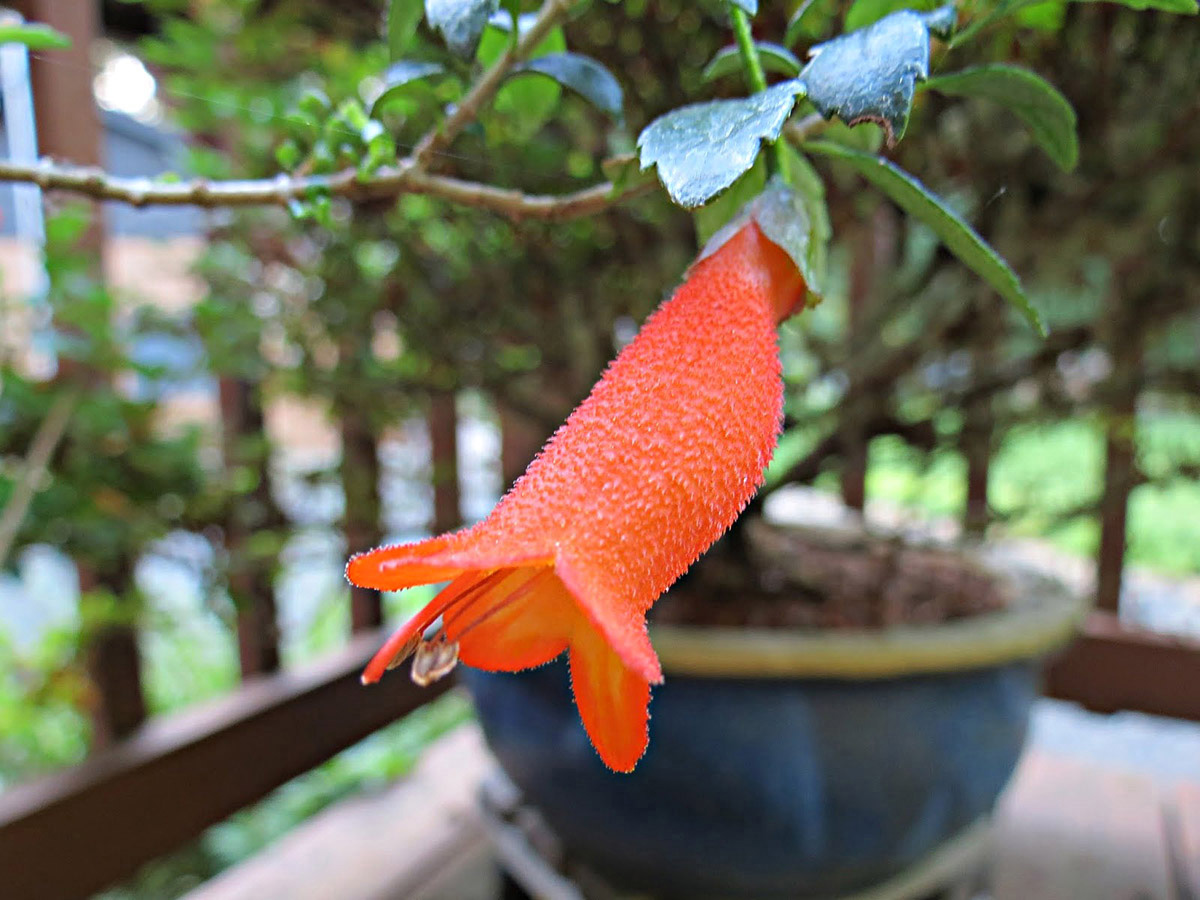

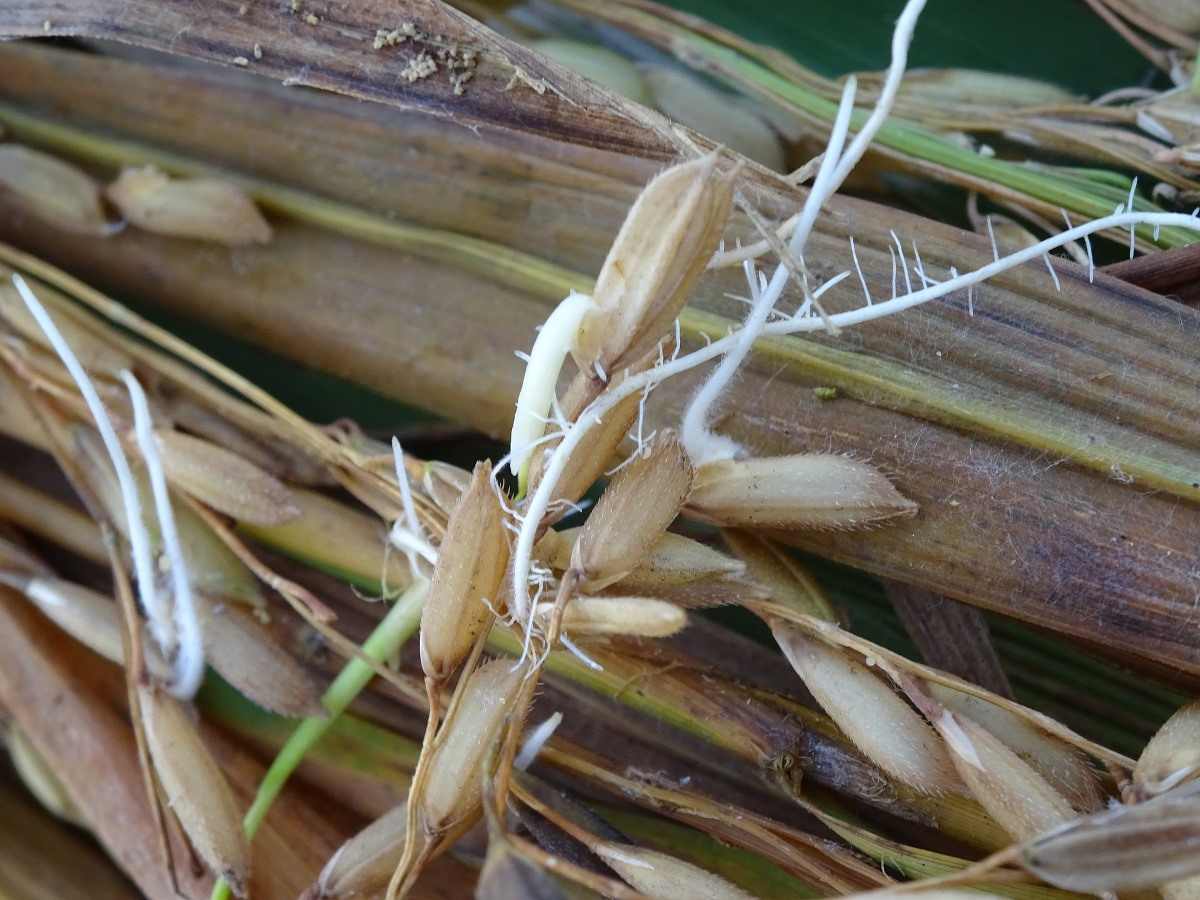

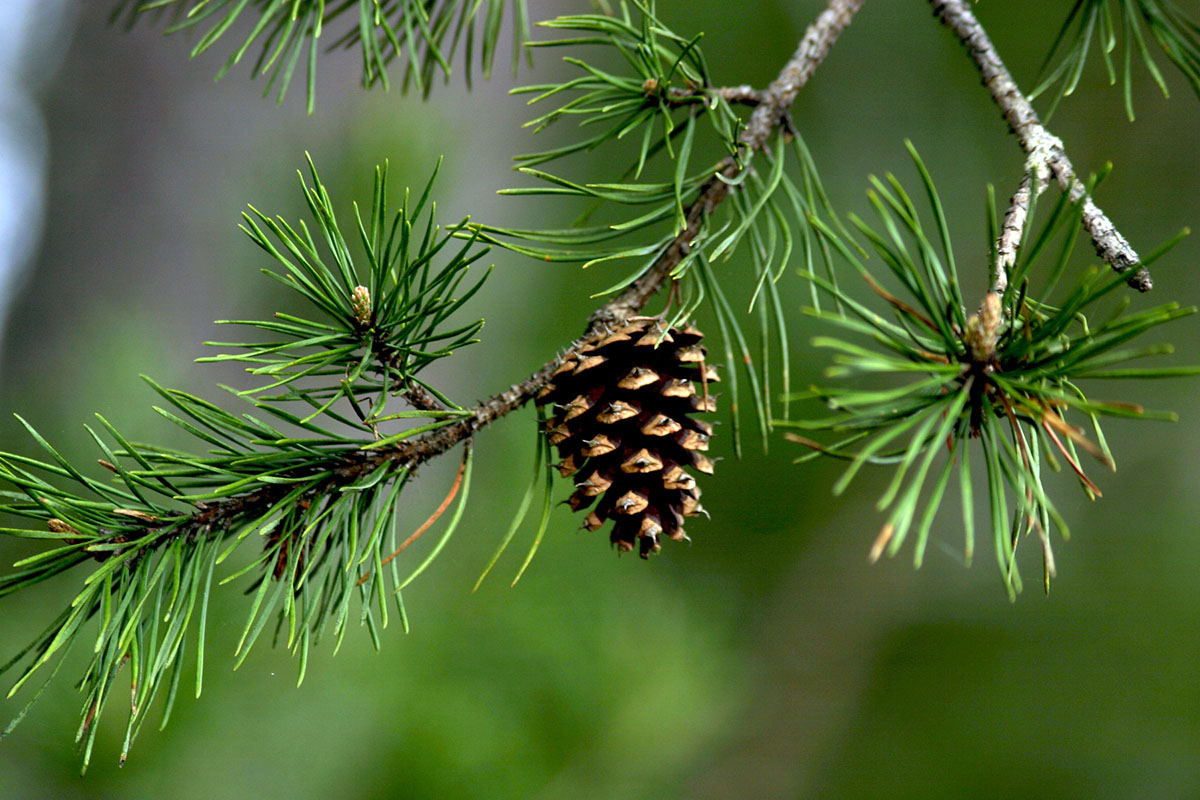
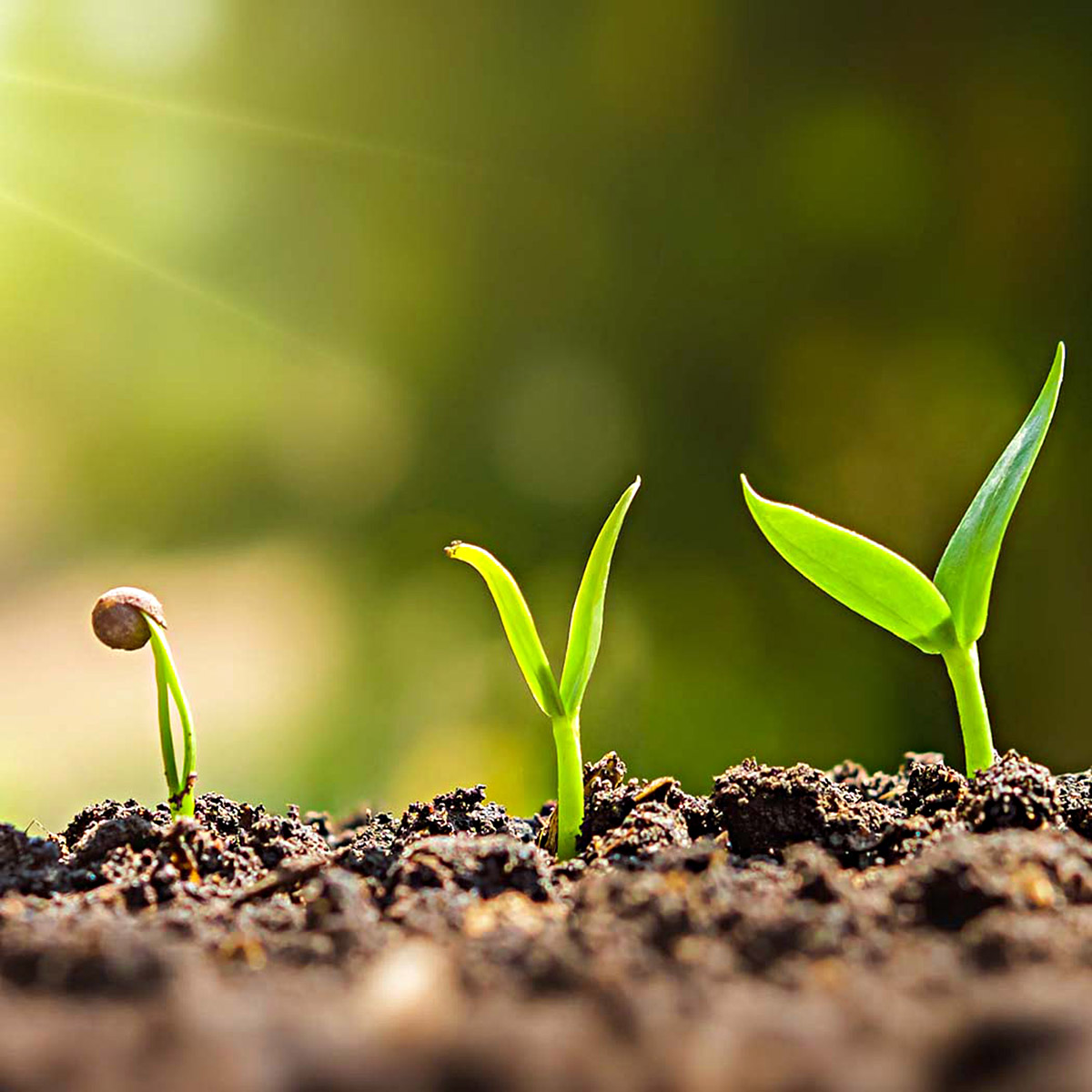


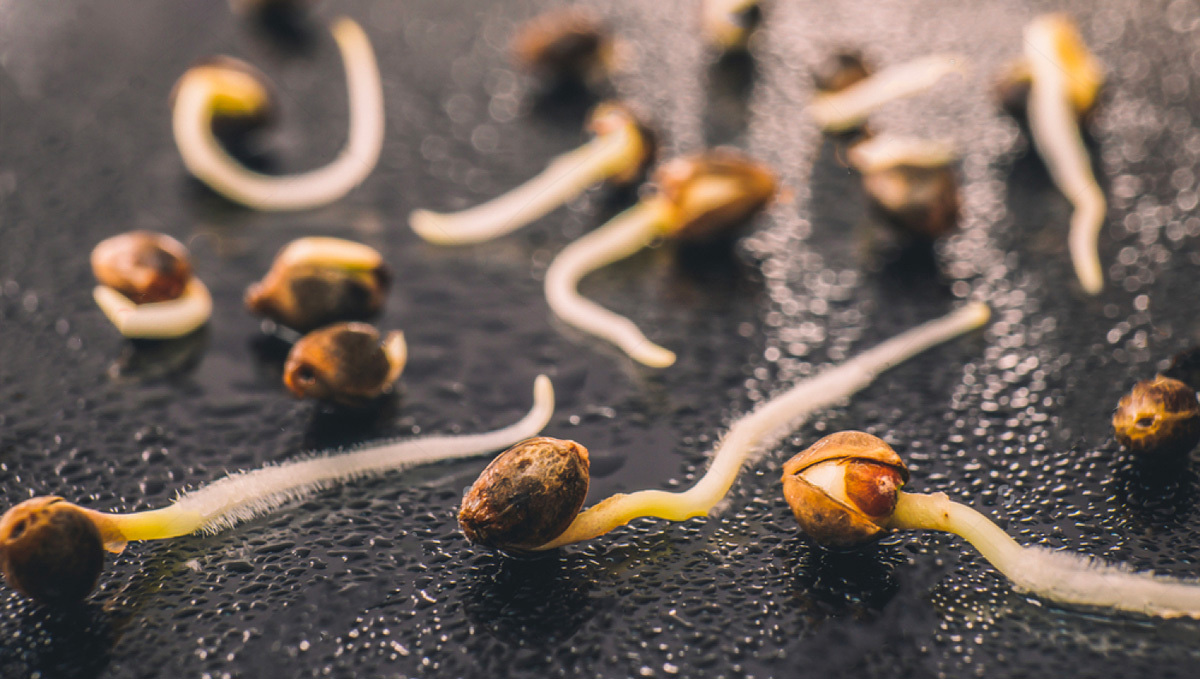

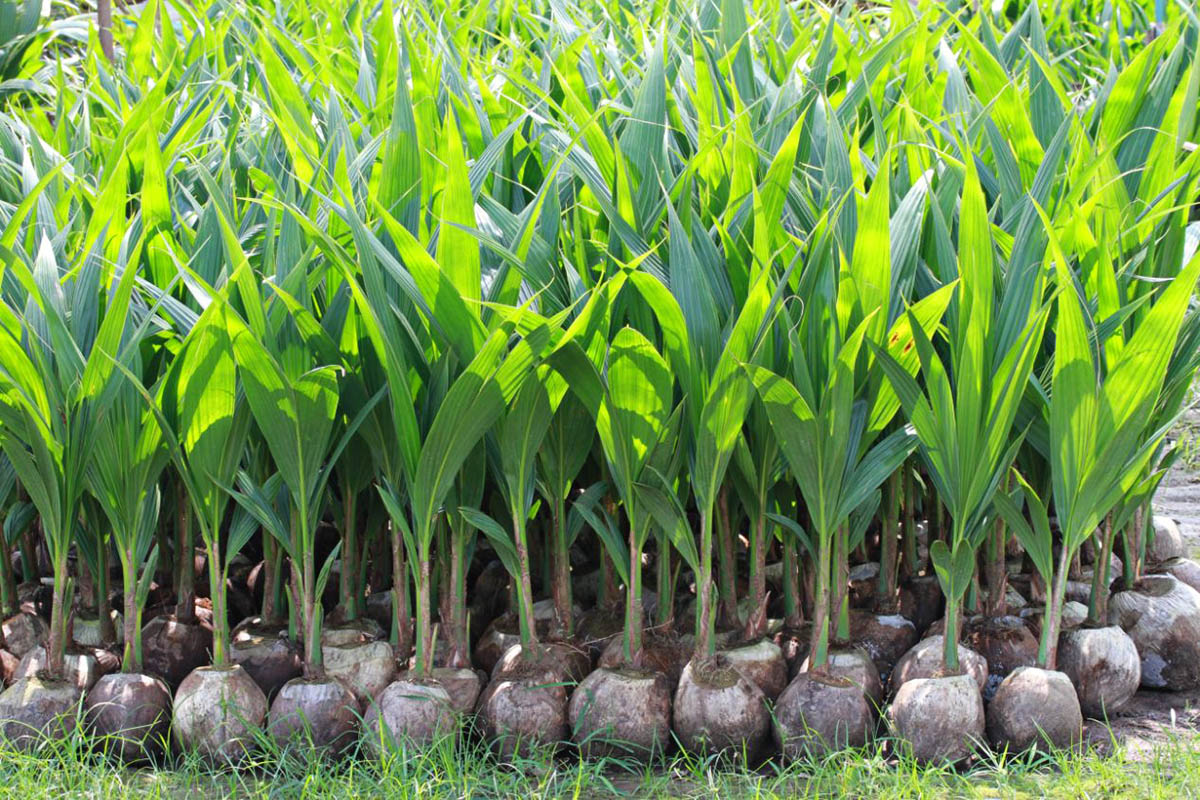
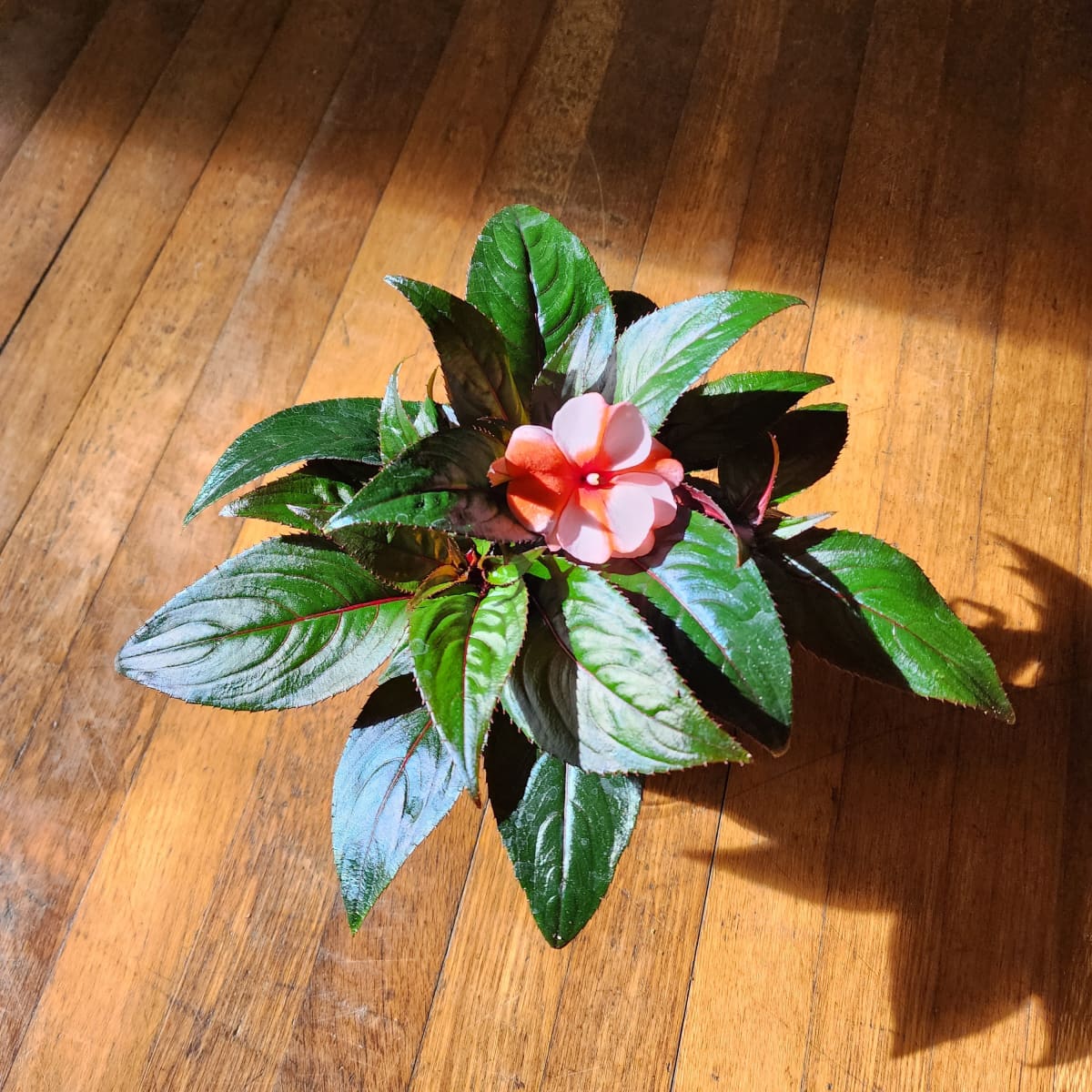
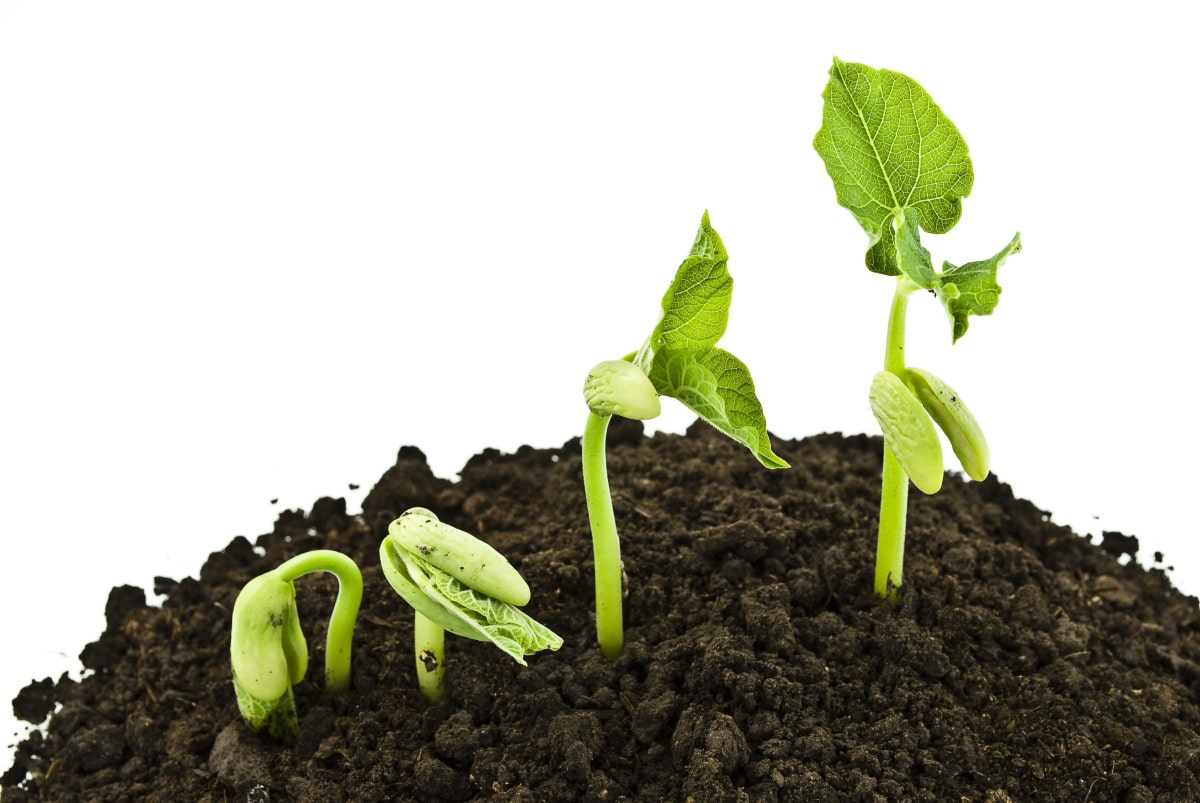


0 thoughts on “How To Speed Up Grass Seed Germination”